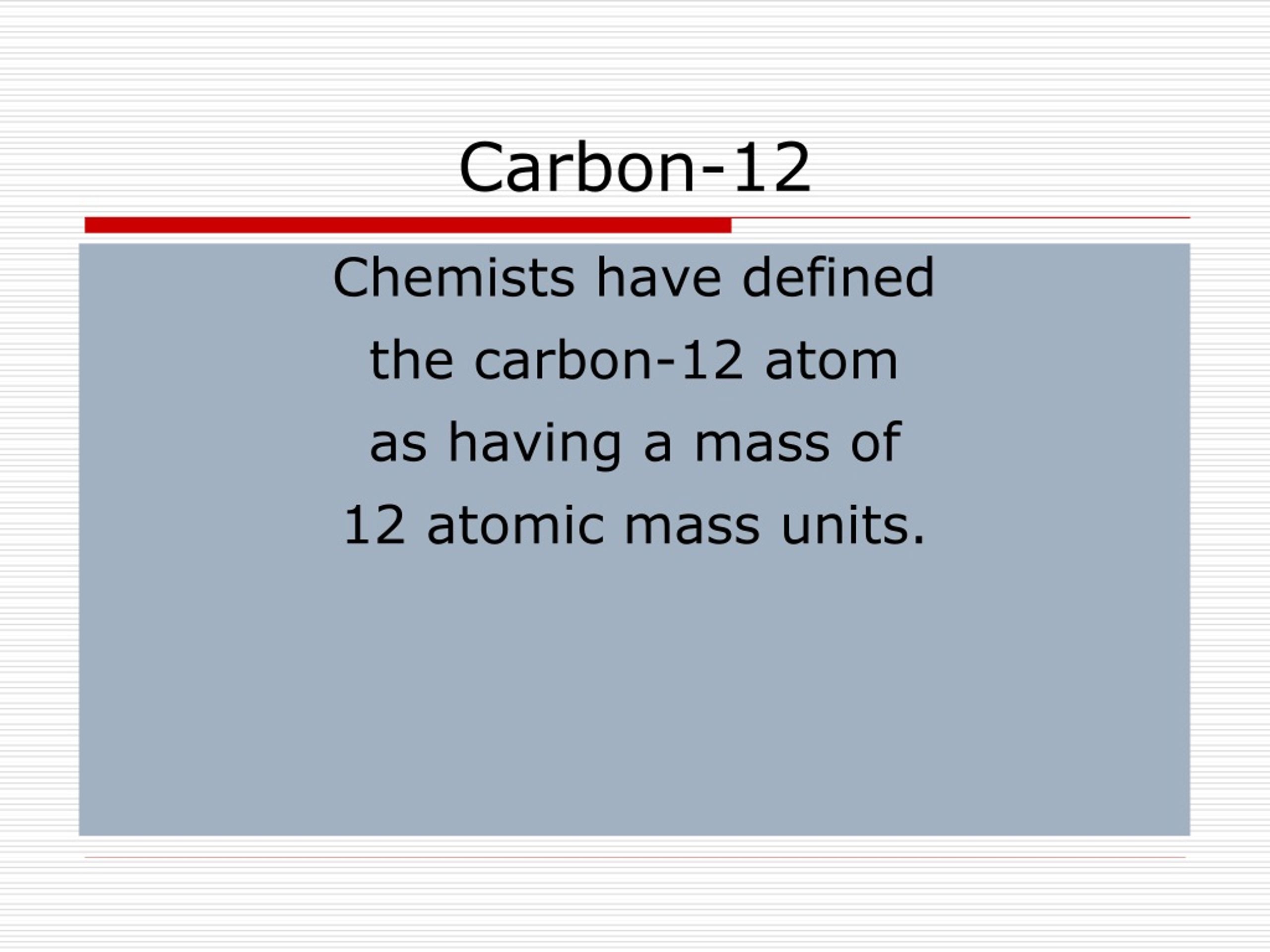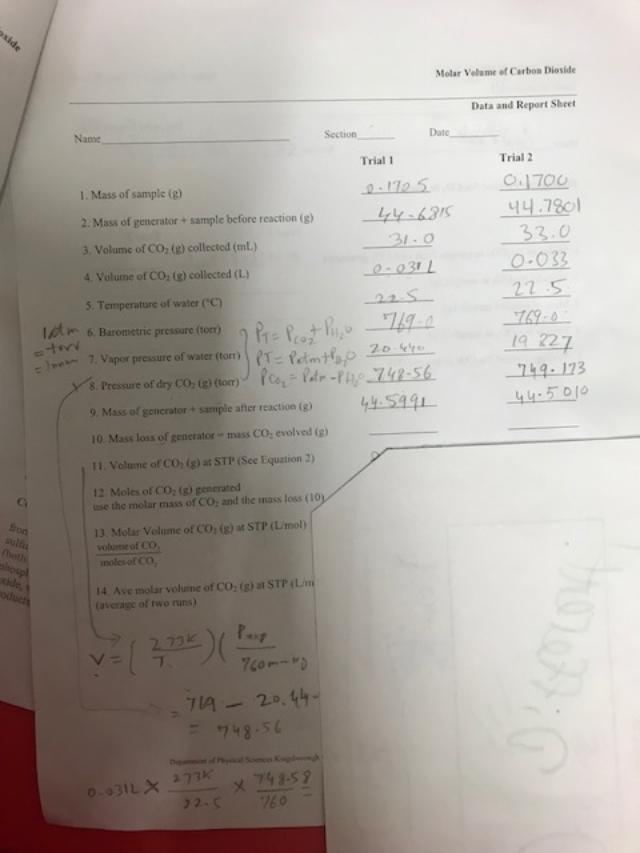

Step 3: We can determine the empirical formula from the mole ratios. Step 2: Now, we have to take the mole to mole ratio of each element such that the divisor is the smallest number. So, it has 52.14 g of carbon, 13.13 g of hydrogen, and 34.73 g of oxygen. Step 1: First, we need to convert the mass percentages into moles. The molar mass of the chemical is also known it is 46.069 g mol −1. It is known that a chemical compound contains 52.14 % carbon, 13.13 % hydrogen, and 34.73 % oxygen. Here, M A, M B, and M C are the molar mass of A, B, and C.Įxample 4: To Determine Molecular Formula from Mass Percentages And the molar mass of A xB 圜 z is M A xB 圜 z = x M A + y M B + z M C. So, the total mass of A per mole of A xB 圜 z is x M A. And the molar mass of a compound is the sum of the molar mass times the number of atoms of each element.Ĭonsider an generic molecular formula: A xB 圜 z. Now, the total mass of each element is the molar mass of that element times the number of atoms of that element. It is the percentage ratio of the total mass of an element to the total mass of the compound.
#13 carbon molar mass how to
How to Calculate Percentage CompositionĪll we need is the molecular formula and the molar mass of each element present in a compound to determine percentage composition. It tells the mass percentage of each element present in a compound. The percentage composition of an element in a compound is the mass percentage of the element present in the compound. 3 Application of Percentage Composition.2 How to Calculate Percentage Composition.But when the percentage is explicitly expressed by mole, it is called mole percentage composition. When the percentage is expressed by mass, it is called mass percentage composition (or percentage composition). Note: The figure does not accurately reflect the sizes of the atoms.Įach element in a compound is always in fixed composition (or percentage). Figure 1: Difference between Elements and Compounds For bulk stoichiometric calculations, we are usually determining molar mass, which may also be called standard atomic weight or average atomic mass.Note: In contrast to compounds, elements are a pure substance made up of the same atom, but the atom can occur more than once.

This is not the same as molecular mass, which is the mass of a single molecule of well-defined isotopes. This is how to calculate molar mass (average molecular weight), which is based on isotropically weighted averages. The atomic weights used on this site come from NIST, the National Institute of Standards and Technology. This site explains how to find molar mass. The reason is that the molar mass of the substance affects the conversion. To complete this calculation, you have to know what substance you are trying to convert.

These relative weights computed from the chemical equation are sometimes called equation weights.Ī common request on this site is to convert grams to moles. The formula weight is simply the weight in atomic mass units of all the atoms in a given formula.įormula weights are especially useful in determining the relative weights of reagents and products in a chemical reaction. When calculating molecular weight of a chemical compound, it tells us how many grams are in one mole of that substance. Using the chemical formula of the compound and the periodic table of elements, we can add up the atomic weights and calculate molecular weight of the substance.įinding molar mass starts with units of grams per mole (g/mol). The percentage by weight of any atom or group of atoms in a compound can be computed by dividing the total weight of the atom (or group of atoms) in the formula by the formula weight and multiplying by 100. If the formula used in calculating molar mass is the molecular formula, the formula weight computed is the molecular weight. In chemistry, the formula weight is a quantity computed by multiplying the atomic weight (in atomic mass units) of each element in a chemical formula by the number of atoms of that element present in the formula, then adding all of these products together.


 0 kommentar(er)
0 kommentar(er)
